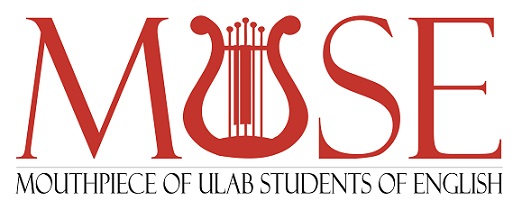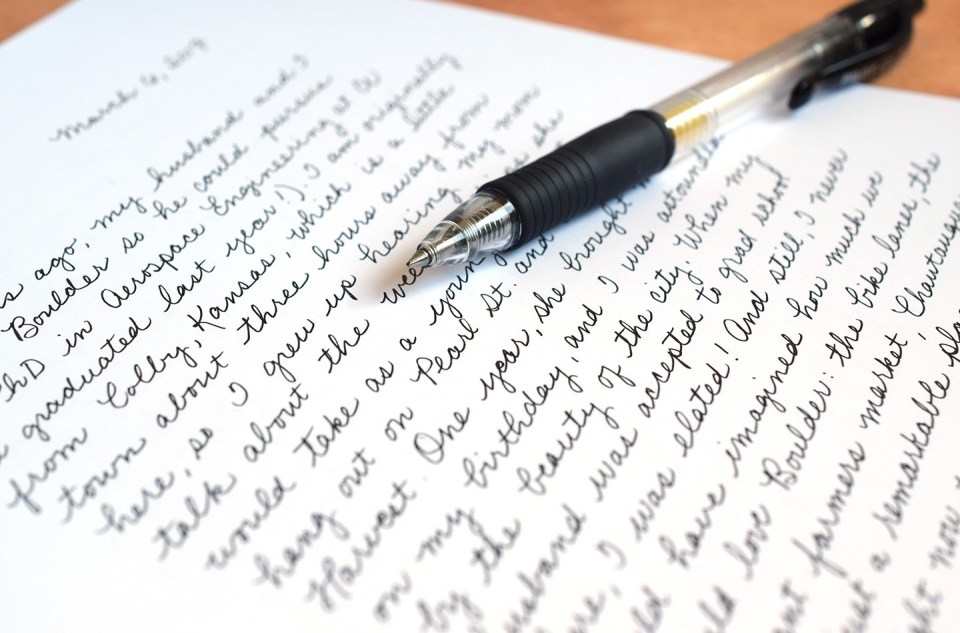Md. Sharif Adnan

Passage-1
I bet, you have already raised your eye brows at passage 1, right?
Did you not find any relevance with the subject matter? If your answer is YES, you are on the right track. If NOT, let’s reveal a new topic to you.
We are going to talk about a learning disability which affects the written expression of an individual.
This term is derived from a Greek root word ‘Dysgraphia’, where ‘dys’ means absent and ‘graph/graphia’ means writing. So, dysgraphia is a brain-based writing disability where a patient faces problems with fine motor skill, handwriting or putting thoughts on paper. It can be language based or non-language-based disorder.
There are a number of signs that define a person’s being dysgraphic. Few of them are mentioned below.
- Constant trouble in forming letters and spacing words.
- Difficulty with sentences structure and following grammatical rules.
- Difficulty in remembering automatically.
- Inability of mastering the sequencing of muscle motor movements.
- Difficulty in organizing lines and pages.
- Lack of harmony in the person’s intelligence.
It does not explicitly affect the intelligence. There are different types of dysgraphia such as dyslexic dysgraphia, motor dysgraphia and spatial dysgraphia. Each type appears with unique features.
Dyslexic dysgraphia
Dyslexia is another form of learning disability where a person faces trouble to read. It appears with few recognizable signs. For instance, poor legibility of spontaneously written texts, abnormality of oral spelling and impairment of finger tapping speed.
Motor dysgraphia
It occurs due to motor clumsiness. It also resemblances few features with dyslexic dysgraphia as well. However, copying written texts and drawing are impaired in the case of a motor dysgraphic patient.
Spatial dysgraphia
It affects the understanding of space of an individual. The patient faces abnormality in spontaneous writing, copying written text and drawing.
Before treating or providing therapy for a patient, we need to know what is NOT dysgraphia. Few characteristics like laziness, careless or sloppy writing, visual delay and insincerity of writing have no relation with dysgraphia.
To minimize this writing disorder, proper treatment and therapy are needed. It is a teamwork where a professional therapist and parents of the affected children are involved. Firstly, the therapist focuses on the specific exercises and strategies for developing fine motor skills for writing of the children. Secondly, parents should work closely with their children’s educational institutions so that they can get proper opportunities there.
To conclude, dysgraphia is relatively a new concept in Bangladeshi context. Nevertheless, experts in this field are required in different schools, clinics and special educational institutions. It should be kept in mind that dysgraphia does not interfere in learning ability of the children.

